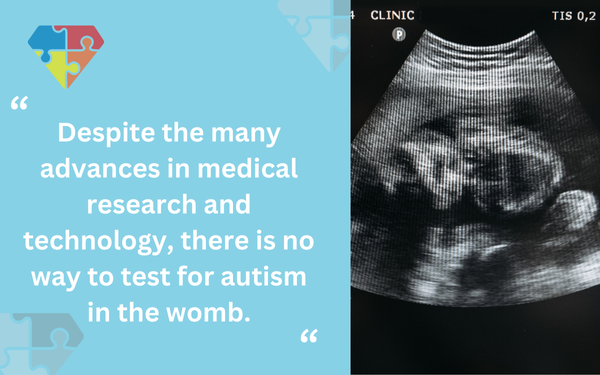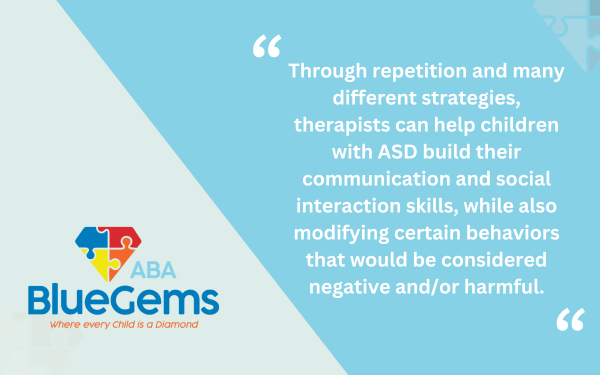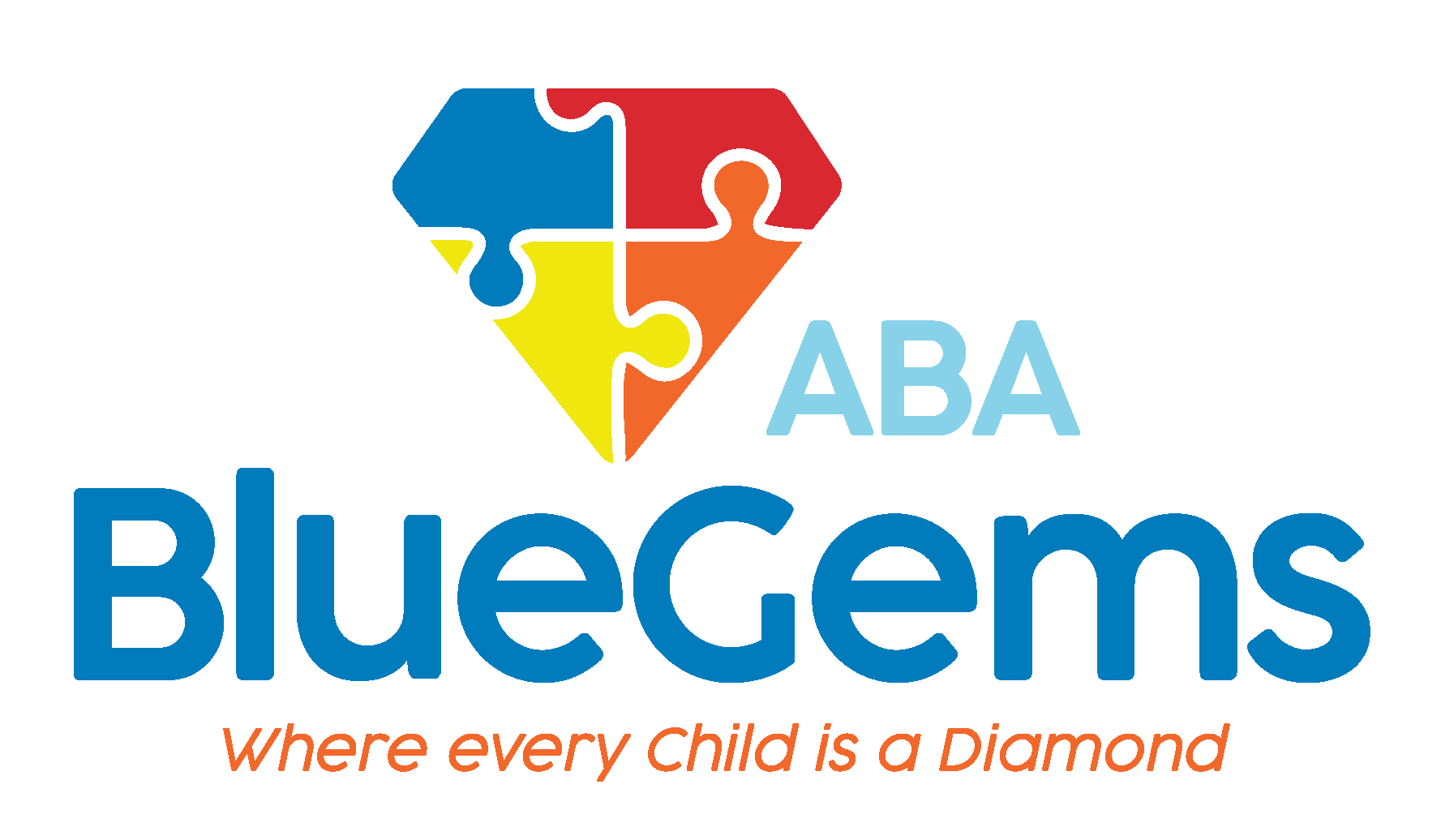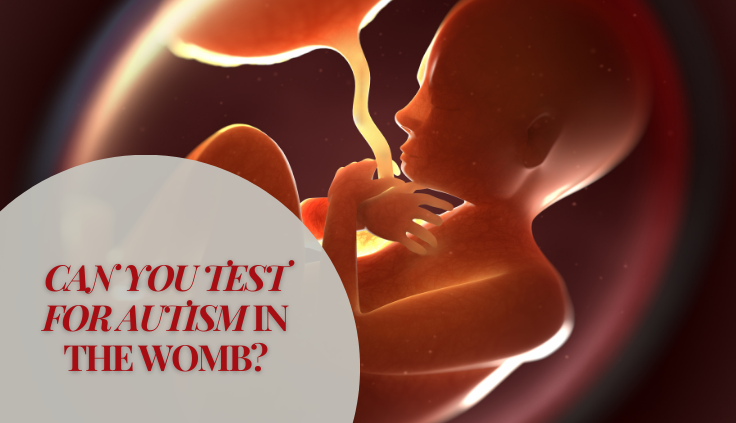¿Se puede detectar el autismo en el útero?
Los avances de la investigación médica han hecho posible detectar algunas afecciones mientras el niño está aún en el vientre materno. Estas modernas pruebas prenatales pueden diagnosticar una amplia gama de afecciones diferentes, ayudando a médicos y padres a prepararse para los distintos retos a los que pueden enfrentarse.
El cribado prenatal puede determinar el nivel de riesgo del feto de padecer defectos congénitos, infecciones y anomalías estructurales.1. Las pruebas de diagnóstico prenatal pueden proporcionar resultados más definitivos sobre la salud del feto.
La identificación precoz puede ser muy importante para los resultados del niño. Cuando el tratamiento y las terapias pueden iniciarse precozmente para determinadas afecciones, por ejemplo, los niños son más capaces de asimilar ciertos conceptos y crecer.
Todos estos avances médicos suscitan la pregunta de si se pueden realizar pruebas de trastorno del espectro autista (TEA) en el útero. A continuación analizaremos si esto es posible y cómo se diagnostica normalmente el autismo.
Índice
¿Se puede detectar el autismo en el útero?
A pesar de los muchos avances en investigación médica y tecnología, no hay forma de prueba del autismo en el vientre materno2. Ningún examen médico, prueba o cribado puede identificar si un feto tiene autismo o no.

Dicho esto, hay ciertas pruebas y exámenes genéticos prenatales que pueden indicar un mayor riesgo de que un niño tenga TEA cuando nazca.
Un estudio de 2022, por ejemplo, descubrió que ecografías prenatales realizadas durante el segundo trimestre tienen la capacidad de identificar algunos de los primeros signos del autismo. Los investigadores del estudio examinaron ecografías que analizaban la anatomía fetal y descubrieron que en 30% de los fetos que desarrollaron TEA al nacer se identificaron diferencias en los riñones, el corazón y la cabeza.
De hecho, la tasa de estas diferencias era el triple de lo normal en fetos de individuos neurotípicos.
Otro estudio sugirió que existe un efecto prenatal análisis de sangre que podrían indicar un mayor riesgo de TEA. Esta prueba específica analiza metabolitos que se sabe que son exclusivos del autismo3.
Aunque este análisis de sangre aún se considera de carácter exploratorio, los investigadores han afirmado que fue capaz de identificar el TEA con precisión en casi el 95% de las ocasiones.
Por último, una prueba genética conocida como análisis de microarrays cromosómicos4 puede realizarse mientras la madre está embarazada para tratar de identificar pequeños cambios en la genética. Suele utilizarse para detectar enfermedades genéticas y algunos de los primeros indicadores de TEA.
¿Cómo se diagnostica generalmente el autismo?
No se trata sólo de que los análisis de sangre y los exámenes médicos no pueden detectar el autismo en el vientre materno; tampoco pueden hacerlo después de que nazca el bebé.
En cambio, el TEA se diagnostica generalmente en función de la presencia de determinados comportamientos que están presentes en los niños que se encuentran dentro del espectro autista. Según el Manual diagnóstico y estadístico de los trastornos mentales (DSM-5), el TEA puede diagnosticarse adecuadamente en función de los siguientes factores:
- Déficit de comunicación e interacción social, incluida la comunicación no verbal, como el lenguaje corporal y las señales sociales.
- Intereses restrictivos
- Comportamientos repetitivos
- Sensibilidades como hipersensibilidad o hiposensibilidad
Los profesionales formados, como los psicólogos clínicos y los pediatras del desarrollo, utilizarán el DSM-5 como guía para diagnosticar oficialmente el TEA en los niños.
Sin embargo, parte del reto de diagnosticar el autismo se debe a que puede ser difícil identificar algunos de los comportamientos mencionados, sobre todo a una edad temprana. Por ejemplo, algunos niños simplemente no muestran estos comportamientos de forma tan destacada como otros, mientras que otros siguen siendo buenos en enmascarar sus síntomas para intentar encajar con los demás.
Aun así, a través de proyecciones tempranas como la M-CHAT y evaluaciones en profundidad, estos profesionales formados han podido aumentar en los últimos años el porcentaje de diagnósticos precisos de autismo.
Una vez identificado y diagnosticado el autismo, muchos niños son remitidos a terapia de análisis conductual aplicado (ABA), que se considera el tratamiento de referencia para los niños autistas.
Mediante la repetición y muchas estrategias diferentes, los terapeutas pueden ayudar a los niños con TEA a desarrollar sus habilidades de comunicación e interacción social, al tiempo que modifican ciertos comportamientos que se considerarían negativos y/o perjudiciales.

De este modo, se les apoya para que puedan crecer y llevar una vida feliz, sana, independiente y plena.
Blue Gems ABA ayuda a niños con TEA
Aunque no es posible detectar el autismo en el útero, hay algunos estudios recientes prometedores que sugieren que algunos de los primeros factores de riesgo pueden identificarse en el feto. Por ahora, sin embargo, la forma más precisa de identificar y diagnosticar el TEA es mediante pruebas de detección precoz y métodos de eficacia probada.
En Blue Gems ABAContamos con un equipo de profesionales que realizan evaluaciones exhaustivas de los TEA. Si se detecta autismo, también contamos con un equipo que administra terapia ABA individualizada.
Todos nuestros planes de tratamiento se adaptan específicamente a los puntos fuertes y los retos de cada niño, lo que se traduce en mejores resultados.
Para más información Contacto hoy.
Referencias
- https://www.hopkinsmedicine.org/health/wellness-and-prevention/common-tests-during-pregnancy#:~:text=First%20trimester%20screening%20is%20a,blood%20tests%20called%20multiple%20markers.
- https://utswmed.org/medblog/autism-genetic-testing-pregnancy/
- https://pmc.ncbi.nlm.nih.gov/articles/PMC9604590/
- https://hhs.iowa.gov/media/329/download?inline#:~:text=Chromosomal%20microarray%20analysis%20(CMA)%20is,fluorescence%20in%20situ%20hybridization)%20analysis.




